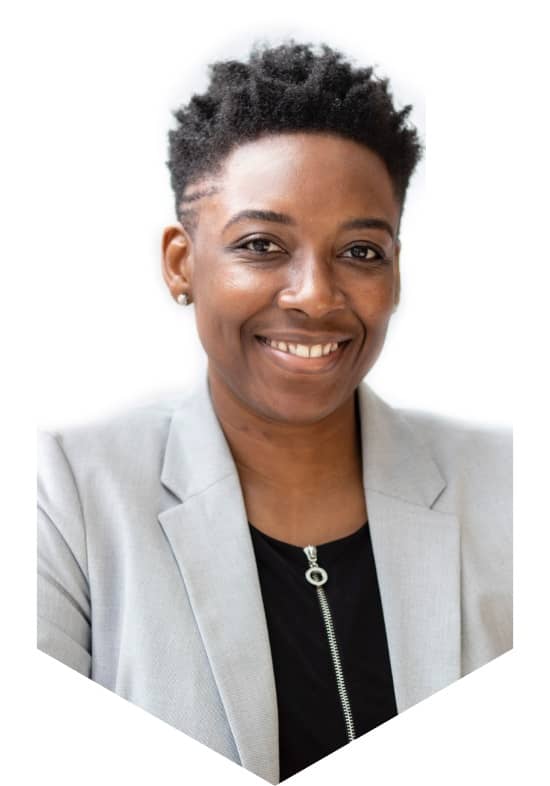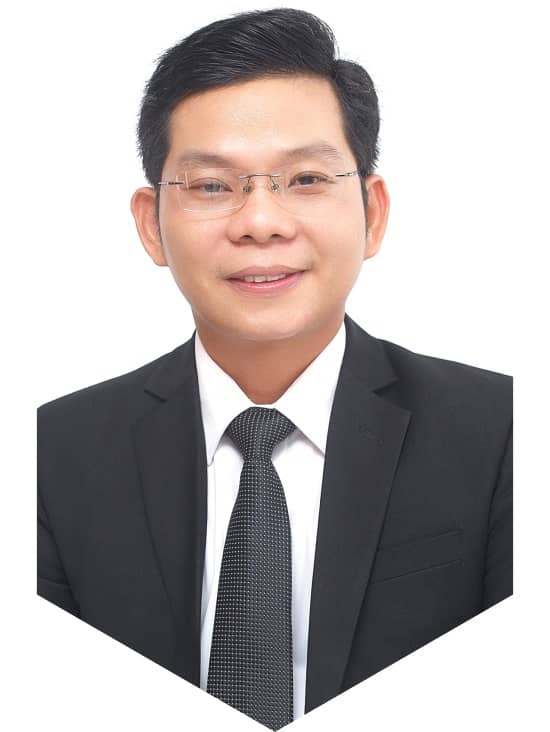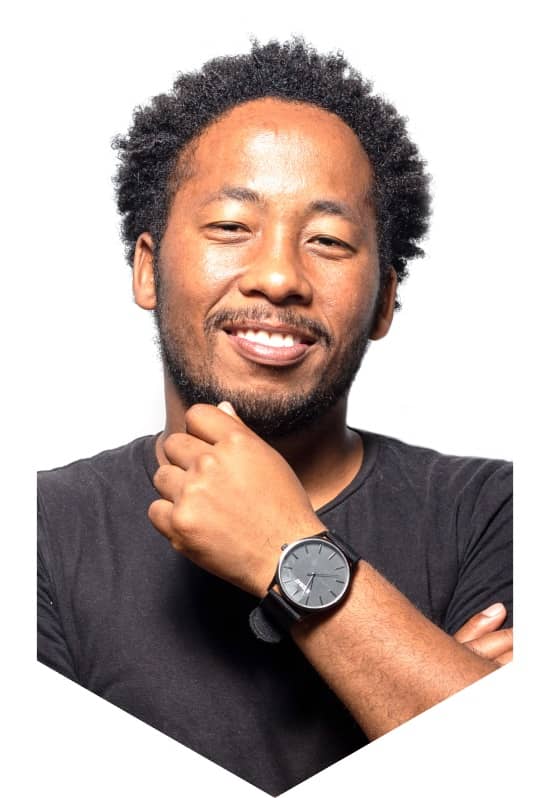How I’d launder £1m—and how you’d help me do it

If I wanted to launder £1m, I wouldn’t need suitcases of cash or encrypted messages. I wouldn’t need to bribe anyone. Instead, I’d find a regular accountant. Someone well-respected, with a growing practice, a busy client list, and a reputation for being efficient and reliable.
Not a criminal. Not corrupt. Just someone who sees themselves as a financial expert, not a fraud investigator. And before you even realised what was happening, you’d help me clean £1m in dirty money, without realising you’re breaking a single rule.
Step one: Finding the right accountant
The first move is finding an accountant. Not a dodgy operator working out of a basement, but a legitimate, regulated professional running a modest practice. I don’t need an accountant who’s willing to commit fraud. I don’t need someone who bends the rules. I just need someone who doesn’t ask too many questions. The perfect accountant is:
- Busy—so overloaded with clients that you don’t have time to scrutinise mine.
- Growth-focused—keen to take on fast-growing businesses.
- Trusting—someone who assumes that if a business looks legitimate, it is legitimate.
These accountants are less likely to scrutinise every detail if the story holds up. I’d approach them as a new client, spinning a believable tale: I’m a small business owner with a steady, growing turnover. Nothing flashy, nothing suspicious. Just another name on your roster.
And just like that, I’d be inside your practice.
Step two: Getting my dirty money into the system
A good launderer doesn’t deal in flashy businesses. That’s how you get caught. I wouldn’t deal in luxury cars or high-end property. Those raise red flags. Instead, I’d set up something deliberately unmemorable, like “Peak Consulting Ltd” and list its purpose as “business consultancy services.” It’s vague enough to avoid questions and common enough to blend in.
I’d use a virtual office address—perfectly legal and widely available for a small fee—to give it a physical presence. My accountant would help file the incorporation documents, oblivious to the fact that this entity has no staff, no office, and no real operations. It’s a hollow shell, built to funnel money.
Then, I’d start invoicing.
I’d send out consultancy invoices. £25,000 here, £10,000 there. Broad descriptions. No deliverables. No actual work. You’d see these payments and never think twice. What you wouldn’t see?
- The companies paying me don’t actually exist—they’re just other shell companies I control.
- The invoices I issue are for services never rendered—research, advisory, strategic planning.
- The money I receive is dirty—but once it’s in my business, it looks like legitimate revenue.
You would log these as legitimate income, prepare the books and file the tax returns. To you, it’s just another client’s revenue stream.
Step three: Using your trust
Here’s where your regulated status becomes an asset. As an accountant, you’re a gatekeeper in the financial system. When you sign off my accounts or submit filings to HMRC, it carries weight. Banks, regulators, and even law enforcement see that professional stamp and assume due diligence has been done.
I’d exploit that trust, keeping my transactions plausible but not perfect—enough to avoid a second glance. If the accountant ever asks questions, I’d have a polished excuse ready: overseas clients, complex projects, or a sudden spike in demand. Most likely, you’d nod and move on, especially if I’m polite, prompt with payments, and don’t rock the boat. Your credibility becomes my shield.
Step four: Making my money untraceable
The trick isn’t just getting the money into the system—it’s making sure no one can trace it back to its origins. So, I’d move the money around.
- Inter-company loans—shuffling cash between different businesses under the guise of ‘financing’.
- Rotating transactions—sending payments through multiple bank accounts to muddy the audit trail.
- Fake consultancy agreements—justifying large money transfers with vague invoices.
The more steps I add, the harder it becomes for anyone—police, banks, auditors—to connect the dots.
You’d be the one making it all look legitimate. You’d help structure my business. You’d optimise tax efficiency. You’d ensure everything is filed correctly with HMRC. To you, it’s just good financial management. To me, it’s the perfect cover-up.
Step five: Enjoying my ‘legitimate’ wealth
By now, my money is fully integrated into the financial system. It no longer looks like the proceeds of crime. The final step is extracting the money, now scrubbed of its origins. I could pay myself a modest director’s salary—nothing extravagant—or declare dividends from my “profitable” shell company. Alternatively:
- I can buy property—invest in real estate with money that’s technically ‘earned’.
- I can expand my business empire, using my clean cash to acquire new companies.
- I can even become a respected entrepreneur, speaking at business events about my ‘success’.
By the time the £1m lands in my personal account, a trust or an offshore holding, it’s been cycled through enough legitimate channels to look pristine. You’ll remain none the wiser, pleased with a client who keeps the invoices flowing.
Why this works: The human factor
This isn’t a glamorous crime. It’s a quiet, calculated one. It works because it exploits the human element in regulated businesses. Accountants, like any professional, can be overworked, under-resourced, or simply too trusting.
Anti-money laundering (AML) regulations are robust on paper, but their effectiveness hinges on execution. I’d bank on my accountant missing the signs. Not out of malice, but out of routine. A busy practice might not have the time to dig into every client’s story, especially if it’s packaged neatly. And that’s the kicker: I don’t need them complicit, just compliant.
The investigation—when it all falls apart
Here’s the thing about money laundering: eventually, someone asks the right question. Maybe it’s a bank compliance officer noticing unusual transactions. Maybe it’s an audit flagging unexplained revenue. Maybe it’s HMRC investigating one of my fake suppliers, which leads straight to my accounts.
And the first person they’ll question? You.
- “Did you conduct proper due diligence?”
- “Did you check the source of these funds?”
- “Did you report any suspicious activity?”
If you miss the warning signs, you’re liable. Not knowing isn’t a defence. Being too busy isn’t a defence. Being ‘just an accountant’ won’t protect you.
The uncomfortable truth
Let’s not sugar-coat it: this isn’t a hypothetical exercise. Variations of this happen daily, often under the noses of well-meaning professionals. The UK’s regulated sectors—accountants, lawyers, estate agents—are prime targets because their legitimacy is the perfect disguise.
Criminals don’t need to break the system. They just need to bend it. As someone who understands compliance, I know where the pressure points are: lax client onboarding, inconsistent checks, or a reliance on outdated tools. It’s not hard to launder £1m—it’s just a matter of patience and knowing the playbook.
If I walked into your office tomorrow, with my generic business name, my vague invoices, and my impressive financials. Would you notice?
Or would you help me clean my money, sign off on my accounts, and become the perfect money launderer’s accountant?
How to stop me
This is where AMLCC steps in. I’ve been in your shoes my whole career, as a chartered accountant, licensed insolvency practitioner and Money Laundering Reporting Officer (MLRO) of my own firm. I wanted a tool that flags unusual patterns, like sudden income spikes or vague invoices. I wanted training that sharpens my instincts and a consultant who’s seen these tricks before. AMLCC isn’t just a safety net: it’s a proactive defence against being unwittingly exploited.
That’s why I created AMLCC.
The reality is stark: laundering money through a regulated business isn’t a challenge of skill. It’s a challenge of opportunity. We can’t eliminate human error, but we can equip professionals to spot it. For regulated firms, the message is clear: tighten your processes, invest in the right tools, and stay vigilant. Because if I can see the gaps, so can the people who’d use them.
- Step one: Finding the right accountant
- Step two: Getting my dirty money into the system
- Step three: Using your trust
- Step four: Making my money untraceable
- Step five: Enjoying my ‘legitimate’ wealth
- Why this works: The human factor
- The investigation—when it all falls apart
- The uncomfortable truth
- How to stop me
What others have said
Making compliance easier








